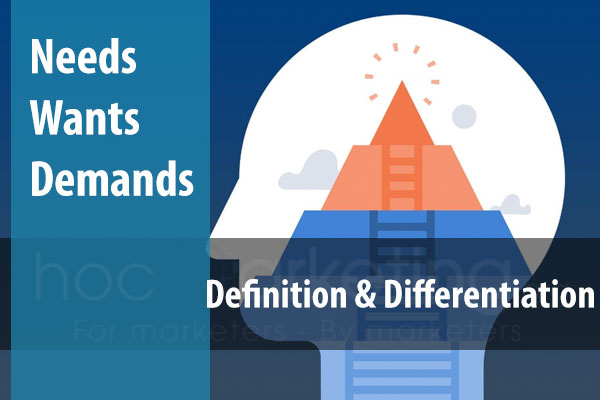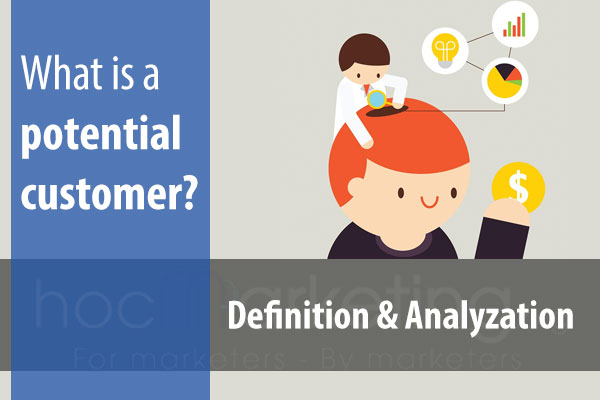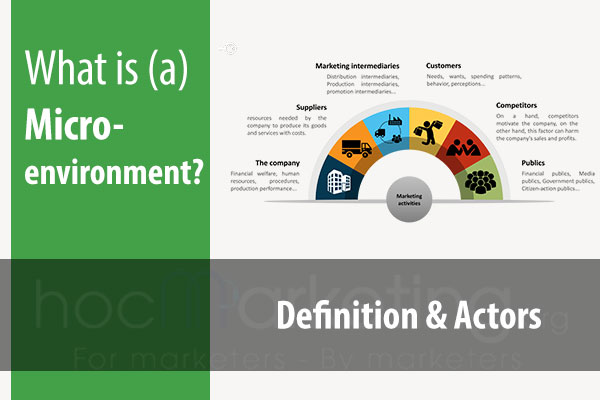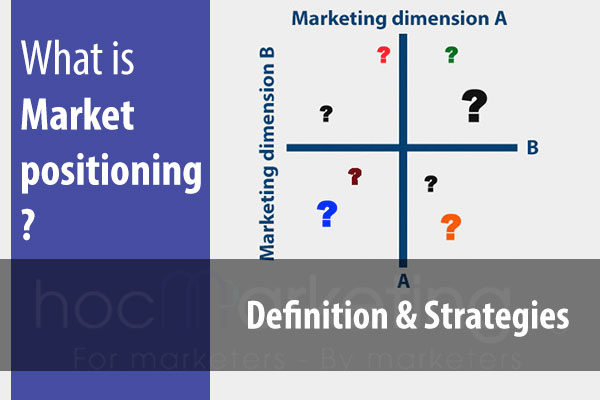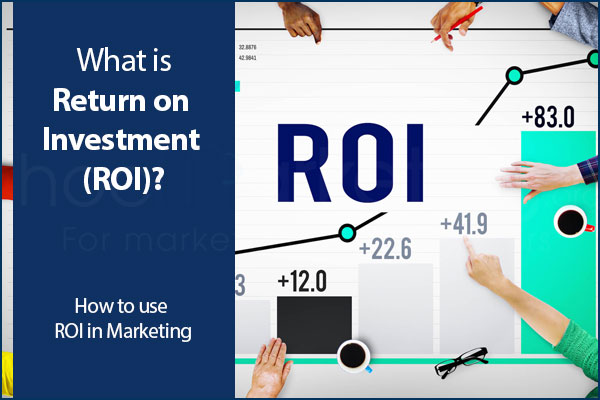
What is Return on Investment (ROI)? How to use ROI in Marketing

Return on Investment (ROI) is a common indicator that help marketers measure how much effective in their marketing activities. Therefore, in this article, we will find out what Return on Investment (ROI) is and how to use it in Marketing activities.
Marketing is a tricky business. It's difficult to know what will draw the most attention and how much of an investment it will take before you see any results. While throwing more money at an advertising campaign does not always guarantee a better turnout, it can be helpful to look at the numbers and see how you're doing. Return on Investment (ROI) is a common indicator that help marketers measure how much effective in their marketing activities. Therefore, in this article, we will find out what Return on Investment (ROI) is and how to use it in Marketing activities.
What is Return on Investment (ROI)?
Return on Investment (ROI) is also known as Return on Assets (ROA), Return on Equity (ROE), and Return on Capital Employed (ROCE). It is the amount of money one gets back from an investment, often expressed as a percentage. Here's an example:
'By using advertising we were able to generate 10,000 new leads for a cost of $120,000. If each lead is worth $20 to the company, our ROI is 2:1.'
In Marketing, Return on Investment (ROI) is usually expressed in two ways: Return on Sales (ROS) and Return on Marketing Investment (ROMI).
Return on Sales (ROS) is a financial tool used in retailing, the process of measuring how profitable transactions are. With ROS, retailers can measure their business's performance in terms of sales made relative to cost required to obtain the sales.
Return on Marketing Investment (ROMI) is a financial tool used to measure marketing effectiveness by comparing the return from an activity against the costs of that activity. So, ROI is equal to ROMI when we talk about it within the Marketing world.
ROI value is often display as percentage (%)
Short history of Return on Investment (ROI)
In 1912, the American engineer Frederick Winslow Taylor pioneered the use of scientific methods to optimize production and response times. During that period, businesses were beginning to realize that some of their strategies were not as effective as they could be. With challenges like changing markets and increasing pressure for greater efficiency, it was critical for managers to have clear direction and valid, meaningful measures of progress. In the early 1920s, Charles Gantt developed a way to determine and show the relationship between expenses and outcomes with histograms. Later in 1924, Henry Gantt used charts for illustrating data that he called 'Action-Curves'.
In 1934, American engineer and management consultant Walter Dill Scott developed another model that was an early form of Net Present Value (NPV) calculations, which is now widely used to determine return on investment (ROI). However, it was not until 1946 that the term 'returns on investment' was first published. In his book 'Modern Corporation and Private Property', American economist Adolf A Berle proposed that shareholders should be liable only for the proportion of their investment they actually paid-for.
Nowadays, Return on Investment (ROI) is widely used in many marketing activities. However, due to the complex nature of measuring Return on Investment (ROI), a new term 'ROMI' has been emerged recently.
Roles of ROI in Marketing
ROI may plays following roles in Marketing:
As a marketing decision metric
Return on Investment (ROI) is often used by marketers who want to measure the effectiveness of their campaigns. It helps them choose whether or not to continue using certain strategies and determine which ones are most cost-effective.
As a benchmark for marketing return
Marketers can use Return on Investment (ROI) to compare the effectiveness of their marketing campaign against their competitors'.
To improve profits
Return on Investment (ROI) can be used by marketers to determine the efficiency of different aspects of a product, in comparison with each other and with other products. This allows them to identify areas that could improve profitability.
To show value of Marketing
Return on Investment (ROI) can be used to set marketing objectives and targets. It brings a clear and concise focus for the overall Marketing strategy.
How to use Return on Investment (ROI) in marketing activities
Businesses can implement ROI indicators by following those steps:
Step 1. Identifying Goals and Objectives of the marketing activity.
First of all, marketers are required to define and set the goals of a marketing activity. In setting up goals, marketers have to think carefully about what they hope to achieve through their activities. If marketers can identify clear goals for their activities, then it is easier for them to measure Marketing effectiveness using Return on Investment (ROI) in addition with ROMI.
Step 2. Picking metrics based on the goals and objectives.
Based on the defined goals and objectives from the first step, marketers set metrics for the ROI formula. For examples, if the defined goal is to calculate the effectiveness of a Facebook Advertising campaign, marketers will measure the costs, the size of reached audience, the number of people who interact with the ads of the campaign, traffic from the campaign, sales generated...
Step 3. Monitoring and reporting.
Marketers monitor and report the metrics from Step 2 on a regular basis. The findings are used to make decisions about marketing activities and strategies.
Step 4. Calulating ROI.
Based on the defined goals and objectives in Step 1, marketers calculate ROI using Return on Investment (ROI) formula.
There is no fixed formula to calcluate ROI. It depends on the goal of the particular marketing activity that the marketer can build a proper formula. For example:
- If engaging is the top goal of the Facebook Advertising campaign, then the formula will be: ROI = [Total costs for the campaign] / [The number of people who interact with the ads of the campaign].
- If selling is the top goal of the Facebook Advertising campaign, then the formula will be: ROI = [Total costs for the campaign] / [Sales generated from the campaign].
Conclusion
ROI has long been a marketing metric, but it's also become a benchmark for measuring the effectiveness of your marketing efforts. It helps you identify what strategies are most cost-effective and which ones should be discontinued. You can use ROI to compare different aspects of your product against each other or with competitors'. And if you have defined goals in mind, then this tool will help measure Marketing efficiency too! How do you use Return on Investment (ROI) in your own digital strategy?





